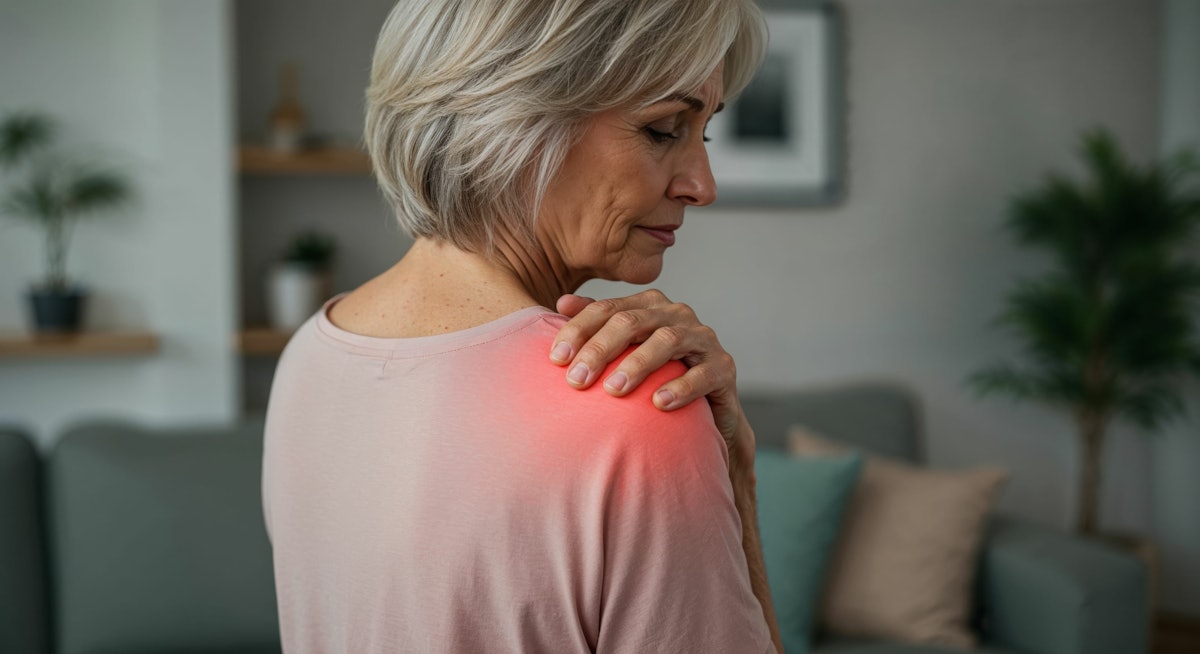A combination of ultrasound and MRI helps diagnose the causes of pain severity in rotator cuff calcific tendinopathy, researchers have reported.
The two modalities complement each other for this indication, wrote a team led by Safiye Sanem Dereli Bulut, MD, of Umraniye Research and Training Hospital in Turkey. The group’s findings were published on August 18 in Skeletal Radiology.
“Bursitis and calcification morphology are key determinants of pain severity in rotator cuff calcific tendinopathy,” the group noted. “Ultrasound provides real-time inflammation assessment, while magnetic resonance ımaging enhances structural evaluation.”
The investigators sought to assess any links between imaging findings and clinical symptoms in rotator cuff calcific tendinopathy using MRI and ultrasound, and focusing on calcification morphology, bursitis, and pain severity. They conducted a study that included 60 patients with the condition and used the two imaging modalities to evaluate calcification size, shape, localization, acoustic shadowing, and associated bursitis. They tracked patients’ pain severity via the Constant-Murley Score (a tool that assesses shoulder function by evaluating pain, activities of daily living, range of motion, and strength; scores range from 0 to 100, and higher scores suggest better shoulder function).
Bulut and colleagues reported the following:
- Calcification morphology and bursitis carried significant associations with pain severity.
- Fragmented and multifocal calcifications correlated with higher pain scores, while arc-shaped calcifications showed milder symptoms.
- Bursitis presence correlated strongly with increased pain.
- Ultrasound demonstrated high interobserver agreement and was superior in detecting inflammation, while MRI proved better at characterizing deep structural changes.
“[Our] findings support a combined imaging approach for accurate diagnosis and treatment planning [of rotator cuff calcific tendinopathy],” the authors concluded.
The complete study can be found here.
